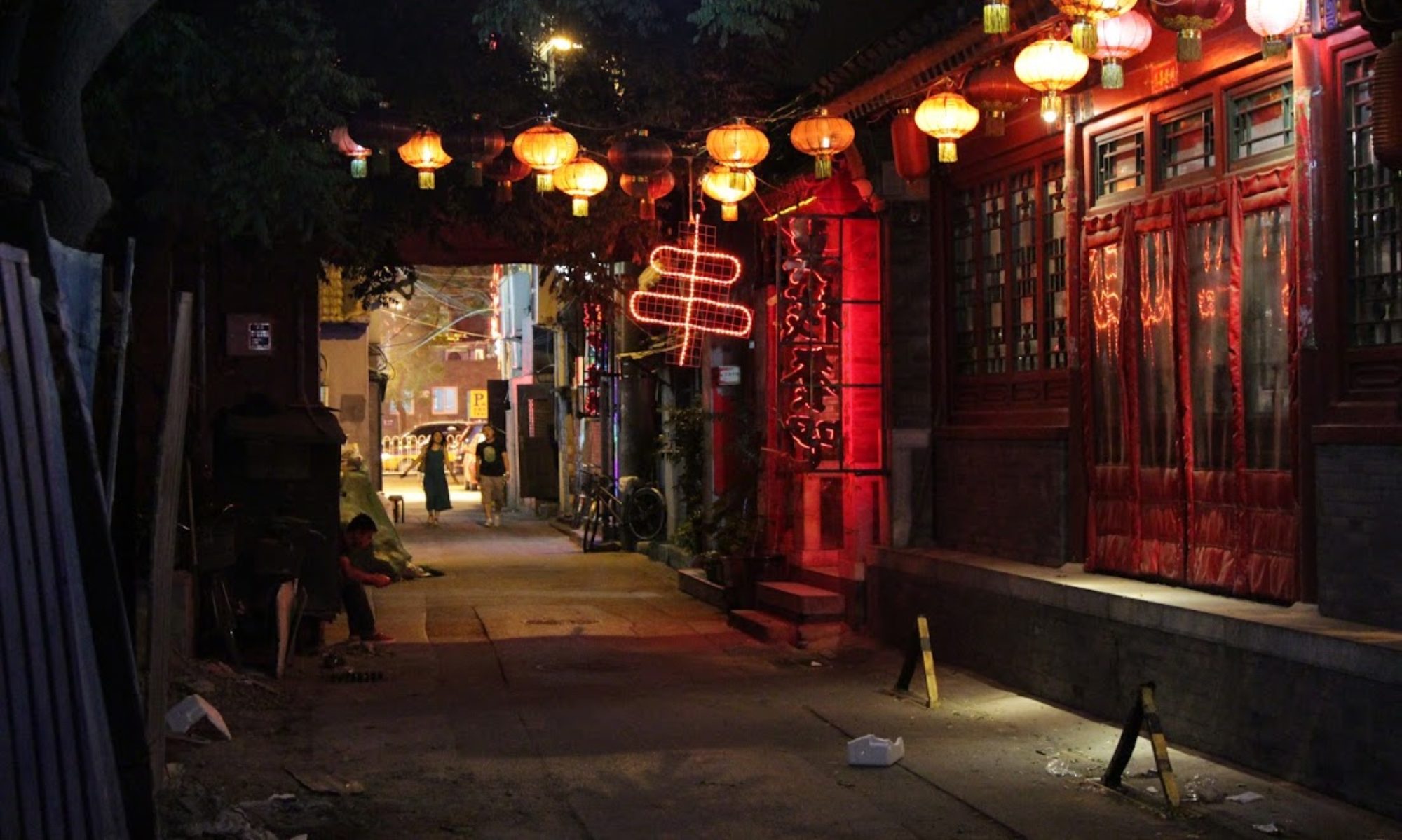Time in Morocco officially began upon arriving to Jema el-Fnaa. This colorful public square in Marrakesh is host to countless orange juice sellers, snake charmers, trained apes, and later in the afternoon, story-tellers and pop-up restaurants. Surrounding the square is the souq, a maze of narrow streets with an infinite number of stalls selling goods for both locals and travelers alike. Walking in the souq is flirting with injury; bicycles and motorbikes also share these pathways.

One seller peeled cactus fruit and offered it for tasting. While it wasn’t my cup of tea, I did appreciate the fruit’s color.
On the fourth day in port, Celeste and I took a cooking class. Before we began preparing our tajine, we headed to the market to buy ingredients.
Tajine is perhaps the most iconic food of Morocco. It’s named after the clay pot it’s cooked in. Inside the pot, a savory stew is slow-cooked over hot coals. Because the lid’s unique shape traps steam and returns the condensation back to the pot, a minimal amount of water is required to cook the stew.
What I enjoyed most about tajine is how the vegetables were cooked perfectly tender every time. They could be cut with no effort and melted in the mouth, yet were not mushy or overcooked in the slightest. Below is the vegetarian tanjine we made, seasoned with ginger, cumin, paprika, saffron, black pepper, and salt.
Equally delicious was the Moroccan couscous, below served with grilled lamb.
On the last day in Morocco, we returned to Casablanca and visited the Hassan II mosque. An astonishing 105,000 people can gather here for prayer at one time; 25,000 inside and 80,000 in the courtyard.










